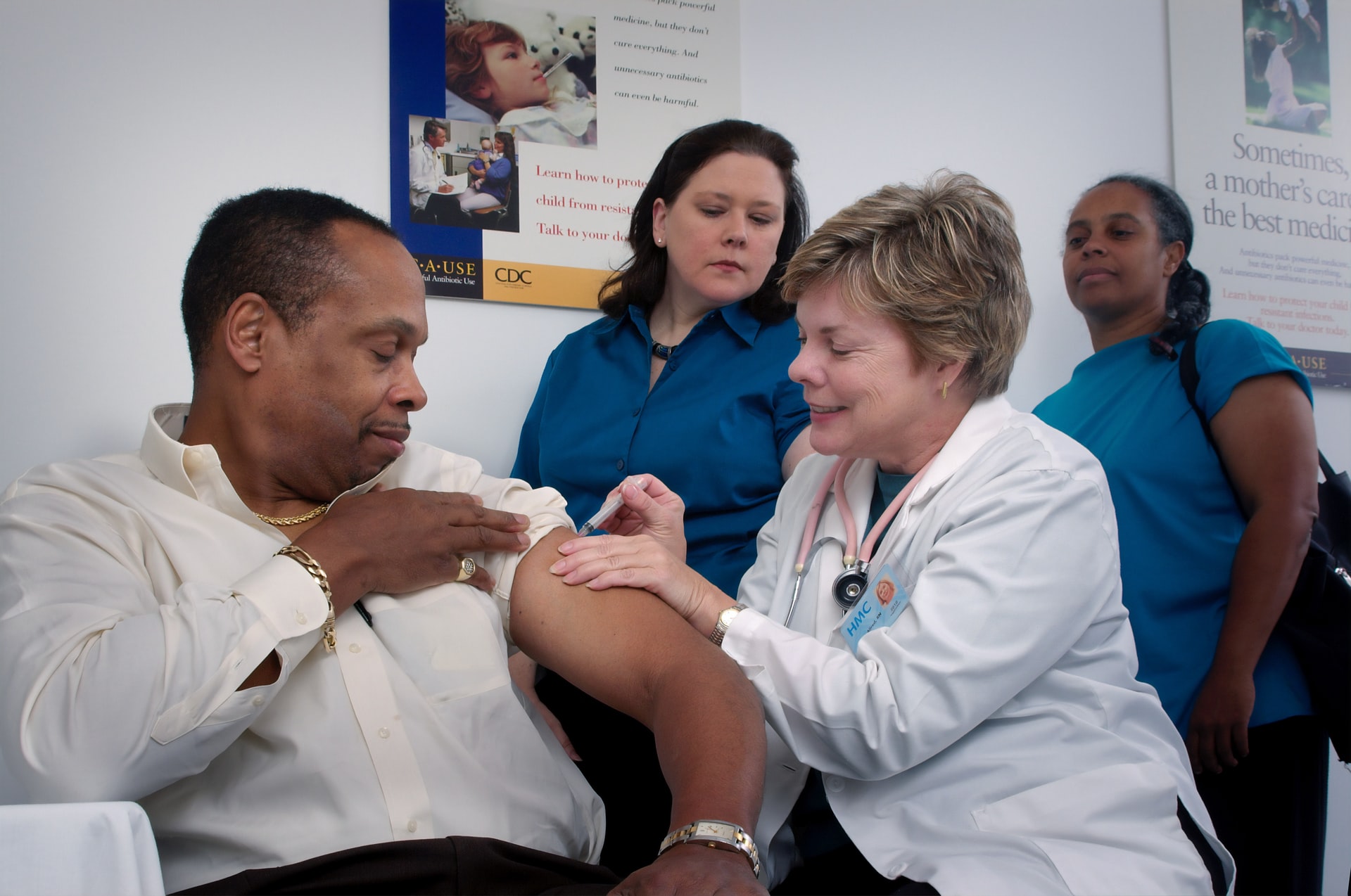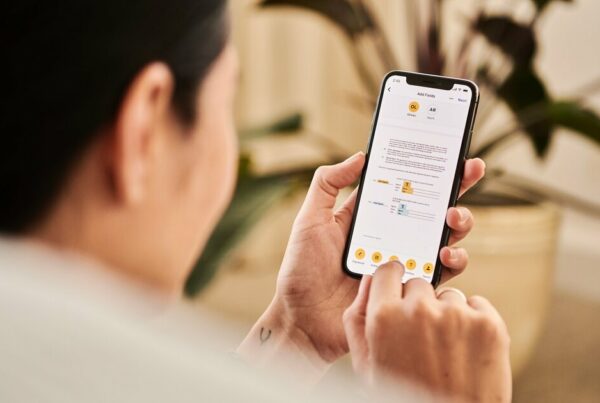Clinical trial diversity is crucial to the development of more effective medicines and more effective ways to prevent, treat, and cure diseases and illnesses. In order to effectively advance clinical research in this area, it’s important to increase clinical trial diversity—and there are many different avenues through which that can be done. Here’s why clinical trial diversity is so crucial, how to increase it, and how increasing clinical trial diversity will ultimately help scientists find more cures faster.
What is Clinical Trial Diversity?
Many people think that clinical trials are available to everyone, but when it comes down to it, there is a large portion of individuals who are not included in clinical trials because they do not fit within what companies believe their ideal target market is.
The increase of ethnic diversity in clinical trials has been researched and discussed over recent years by many organizations. However, we can’t simply increase ethnic diversity in clinical trials without looking at why current clinical trials are not diverse.
There are numerous challenges with trying to increase ethnic diversity in clinical trials. One example is that researchers and medical professionals believe they already have cultural competency and will automatically include diverse populations in their research studies. However, research has shown that the current processes are not doing a good job in including diverse populations in their clinical research studies.
Recent immigrants have an additional barrier to clinical trials that may prevent them from engaging with clinical trials. Immigrants are foreign born which means they’re typically excluded from clinical trials for their immigrant status even if they have become a US citizen.
Cultural barriers may also play a part in minorities being underrepresented in clinical trials. Some cultures may have modesty traditions that would prohibit a female patient from being seen by a male doctor or nurse. If your clinical staff does not have enough female doctors or nurses, it might make it hard to schedule patients with those requirements with a doctor that suits their needs.
Additionally, some cultures may need the standards around privacy clearly written out for them as privacy can be interpreted differently based on where you come from in the world. These privacy statements should be laid out in multiple languages as well so that the patient can read them in their native language as well as in English.
Religion can also affect a person’s ability to join a clinical trial if the trial interferes with their religious traditions. For example, some people of the Jehovah’s witness faith will not submit to their blood being drawn. This may exclude them from trials that focus on blood work unless other factors can be measured in place of blood testing.
Any marketing or literature you have should be laid out in the major languages that are spoken for your target population to help increase ethnic diversity clinical trial.
Studies on Clinical Trial Diversity
More often than not, race isn’t even discussed within teams and doesn’t get recorded when making selections for clinical trials. This makes it hard for diversity advocates and physicians to track down whether or not they do indeed have a diverse representation within their medical center or research facility (African American, Asian/Pacific Islander, Latino/Hispanic).
There are numerous reasons why ethnicity isn’t a factor in clinical trials and research. One reason is that there’s little incentive for individuals or organizations to recruit diverse participants into their study.
For example, people of color tend to have shorter life spans and higher healthcare costs compared to white Americans due to discrimination they face within communities and workplaces which creates additional burdens on their families. It has been shown that African American patients experience longer hospital stays after surgery than white patients in part because of racism and stereotypes within these communities.
Who is Underrepresented in Clinical Trials
African Americans make up as little as 5% of clinical trial enrollees despite being 13% of the American population. African Americans tend to die earlier than white Americans and they have higher rates of cancer, cardiovascular disease, HIV/AIDS, infant mortality rate, and obesity.
Latinx, Asian Americans, and some Pacific Islanders may be less willing to enroll in a study due to language barriers or limited English proficiency. 25% of Americans are Hispanic, Asian, or Pacific Islander, leaving these groups of people out of studies due to language barriers can have a big impact on studies.
When it comes to race in clinical trials in the United States, whites are approximately 84% of research enrollees, African Americans account for 7% of enrollees, Asian Americans account for 3%, and Hispanics account for 3% of enrollees.
What is Driving the Underrepresentation of Minorities in Clinical Trials?
There are many reasons for the underrepresentation of minorities in clinical trials and it is likely that there is no single reason for why participation is low. Some suggest that minorities are less likely to be offered clinical trials, whereas others believe that minorities are more reluctant to participate in clinical trials.
Regardless of what is driving underrepresentation, increasing diversity in clinical trials must occur to better assess a drug or therapy’s effect on the population as a whole. There is a diverse patient population, yet few investigators are trying to reach them through clinical trial participation.
Diversity in clinical trials is an important topic that we should all be discussing and exploring. The underrepresentation of minorities in clinical trials may have far-reaching implications for health disparities.
Increasing diversity in clinical trials is crucial for ensuring that all patients are getting treated with quality and studies have proven that people respond differently to treatment based on genetic background, which suggests a more diverse pool of participants would ensure results more reflective of how all people would respond to treatments.
The underrepresentation of minorities in clinical trials is a problem that needs to be addressed. Health care disparities and suboptimal care has been attributed to many issues, one of which is a lack of clinical trial diversity. Researchers who are able to reach minorities through participation in clinical trials have access to populations that may have different responses and side effects from treatments.
More specifically, because genetic variation between populations varies dramatically, increasing diverse participation will also increase our understanding of how different populations respond to treatment and help identify new therapies that work for all patients.
Improving Healthcare Through an Increase Ethnic Diversity Clinical Trial
Underrepresentation can lead to medications being ineffective or unsafe for certain patient populations. In fact, researchers have found that medication response varies across racial groups, likely due to underlying physiological differences.
Increasing diversity in clinical trials not only gives researchers a better idea on how different people will react to a treatment, but it can also help the treatment be more widely accepted once the trial has been completed if potential patients can see that people like them were safe in testing the treatment.
The good news is that there are some promising solutions on how to increase clinical trial diversity. In fact, there are five key ways we can improve clinical trial diversity:
- Increasing minority representation in clinical trials and among study investigators
- Diversifying research sites by focusing on historically underrepresented regions
- Conducting more outreach to minority communities
- Supporting people from all walks of life who want to become researchers
- Ensuring that institutions of higher education have an inclusive environment so future researchers can learn what it takes to succeed in a diverse research setting.
While it’s true that we still have work to do before reaching true clinical trial diversity, these solutions will get us closer to providing better healthcare for all Americans.
How You Can Increase Clinical Study Diversity
There are many reasons a study may have ethnic underrepresentation. In this article we will look at some of the most common reasons and discuss ways to increase clinical study diversity for your clinic.
However, in the end, every study and every community is unique. You will need to work with your team and local community leaders to discover ways to make sure your study is properly represented for the population you intend to treat.
Ethnic underrepresentation is not the only type of underrepresentation in clinical trials. Gender and age are also important factors to consider when selecting your pool for a clinical trial.
More clinical trials and more participation in clinical trials is a great way to increase research and treatments, especially for diseases and illnesses that minorities are disproportionately affected by. Understanding why people of certain races, ethnicities or genetics react differently to others can lead to groundbreaking discoveries and better treatments.
Increasing Clinical Trial Awareness in Minority Communities
There are a few things that we can do to increase minority representation in clinical trials. One of which is making sure minorities know what clinical trials are and how they work, so they will be more likely to participate.
More information needs to be provided in languages that are commonly spoken by minorities and there should be an option for people who cannot read English or any other language on offer. Making sure hospitals, doctors offices, etc., can register minority patients into clinical trials will go a long way towards increasing participation as well.
Many researchers have faced barriers in enrolling their patient population due to them being of certain race or ethnicity and not speaking English as their first language. The best way around these issues is always communication! Consider having some multilingual researchers on your team that can help translate the results for researchers and participants alike.
Build Trust for Clinical Trials in Minority Communities
Working with local doctors for recruitment can help build trust in minority communities. People may be more willing to trust their doctor that they have been seeing for years asking them to sign up for a study than a researcher that they have never met.
You may also consider leaving brochures or posters in local doctor’s offices so that patients can ask their doctor for more information on your study. Having the literature in multiple languages may also help for certain communities.
Community events such as blood drives may be another way to advertise your clinical trial and get the local population discussing it. If a couple of people sign up, they may be able to talk to their fellow community members about it when the topic comes up.
Talk About Cost Associated with Clinical Trials
There are certain patient costs that can come with participating in a clinical trial. There may be required medical procedures or equipment that is needed for the patient to participate.
If there are any medical procedures such as MRIs or blood work that need to be done for the study, knowing whether or not a study will cover those costs can be crucial to patients. Blood work may be affordable for them, but not an MRI. Be up front with patients on which procedures will be covered by the study and which they will need to pay for.
The research team should also consider covering or partially reimbursing the patient for any equipment they may need specifically for a study. This may be urine test strips or a spirometer to test a patient’s lung capacity at home.
Any subscriptions to resources or online logging programs should also be considered to cover for the patient in the clinical trial budget. $20 for online access to educational material to supplement the study may be a deal breaker for some patients whereas a research team may be able to negotiate a lower per person price if they purchase access in bulk.
Remove Travel Barriers
Travel costs can be a burden to some patients. If they are not going to be reimbursed, you should let them know up front. However, if there is a reimbursement program for patients that complete the trial, that may be the deciding factor for some patients to participate.
Gas cards and receipt reimbursements can help with some basic travel costs. Also consider your patients who do not have a car and will need to take a bus, subway, or train to get to your clinic. You may want to consider reimbursing public transportation tickets as well.
Lodging is another area that may need to be covered or reimbursed up to a point for a study. If patients need to come in from out of town to participate in the study, not having a place to stay the night may be a deterrent for some patients if they can’t make it back home the same day.
Supplementing or covering travel expenses also creates better patient relationships for future participation in trials as well as for repeat business at your clinic. Clinics want their patients to feel cared for and valued during their time with them, so you should do everything you can to make them feel welcome and appreciated.
Offer Translation Services
Populations that do not speak English as their first language in America may not be aware of what a clinical trial is or how it works. Even if they know about them, their local health care providers may not offer them enough information to make an informed decision about whether or not to participate in one.
Even if patients want to take part in clinical trials, knowing how or where to look for one can be intimidating for some. Understanding medical terms in their native language and on their own terms can better help patients and caregivers make more informed decisions.
Offering translation services in the clinic can be a great first step in making multilingual patients feel more comfortable participating in your study. These services should be free of charge and you should make sure that it is referenced in all of your marketing material so that potential patients are aware of the service before they join.
Having your literature in multiple languages will also bring comfort to multilingual patients. There should also be copies of any legal material that they need to sign printed in their native language so that they are sure they understand what they are signing up for.
Resources For Everyone Involved In Clinical Trials
The NIH Office of Minority Health and its network of Minority Biomedical Research Consortia provide links to tools, studies, databases, and other resources for researchers, healthcare providers, and policymakers. Their websites include general information about clinical trials as well as information on how to get involved in both prevention and treatment clinical trials.
The NIH Office of Minority Health’s website can help researchers and potential patients look into how studies affect minority communities. They can also be a great way for researchers to get additional training on understanding how to make their study more representative of their target population.
There are many ways to increase diversity in your study. While we have looked at some of the most common ways to increase diversity, there are many more out there with no one-size-fits-all approach. You will need to work with your team and your community to understand how to increase diversity in your clinical trial.









